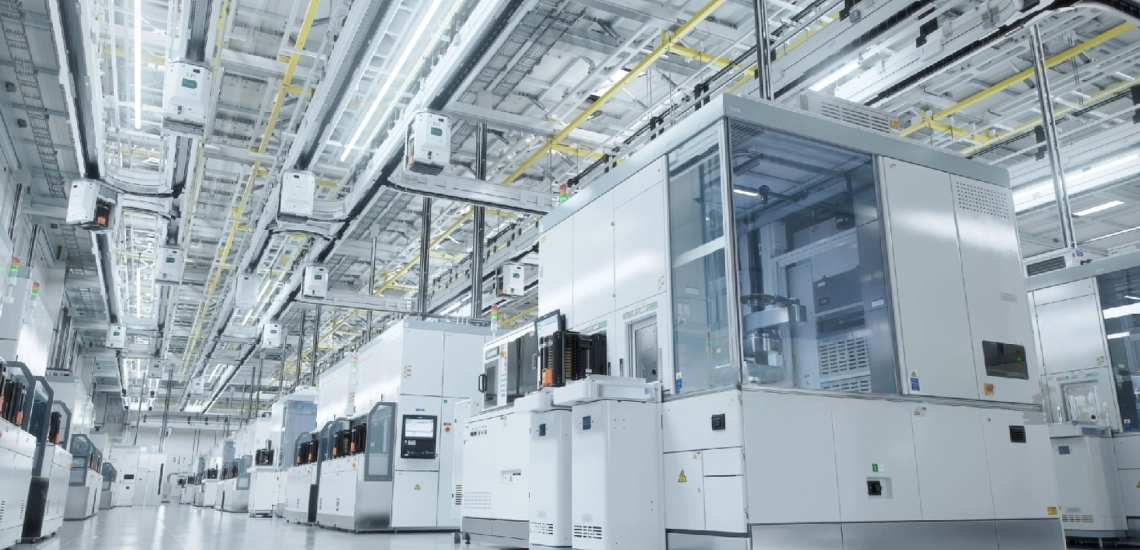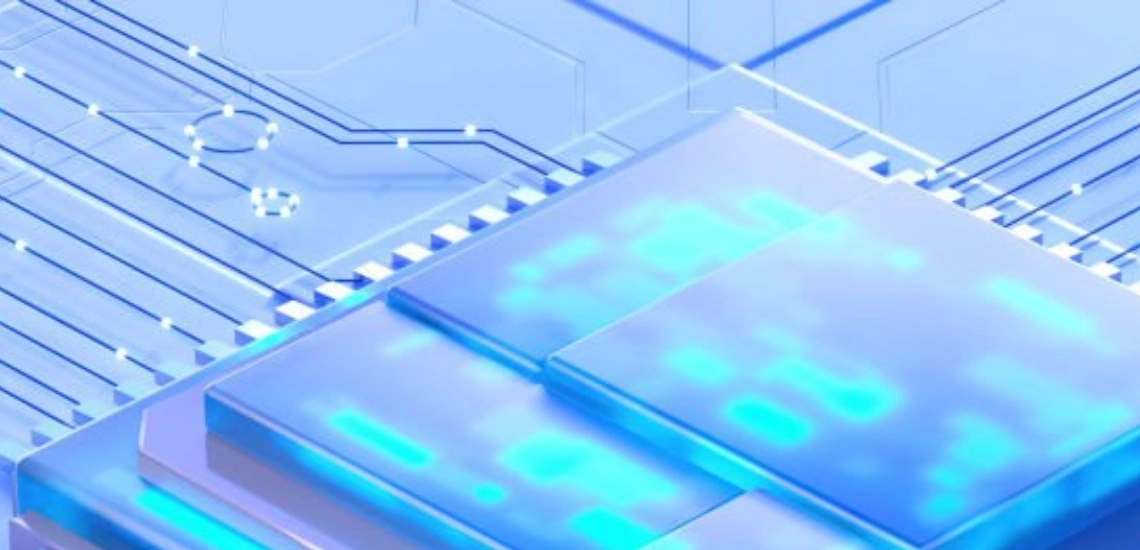The relentless evolution of the semiconductor industry is driven by one fundamental principle: memory. Memory technologies are the unsung heroes behind the digital age, underpinning everything from your smartphone’s data storage to supercomputers’ efficiency. As demand for faster, more reliable, and energy-efficient memory surges, a new wave of emerging non-volatile memory technologies is poised to reshape semiconductor fabs and enhance our digital experiences.
The State of Memory in Semiconductors
To appreciate the significance of emerging memory technologies, it’s crucial to understand their predecessors. Conventional semiconductor memory falls into two categories: volatile and non-volatile. Volatile memory, like Dynamic Random-Access Memory (DRAM), offers fast data access but requires a continuous power supply to retain information. Non-volatile memory, such as NAND flash, retains data without power but at a slower speed.
Semiconductor fabs are built around these memory technologies, creating a complex web of interconnected components. But the landscape is shifting, demanding more speed, reliability, and efficiency. This is where emerging memory technologies, with their unique attributes, enter the scene.
MRAM: Magneto Resistive Random Access Memory
MRAM, or Magneto resistive Random-Access Memory, is a rising star. MRAM stores data using magnetic charges, ensuring that data remains intact even when the power is off. This feature makes it an ideal candidate for applications where data persistence is critical.
One of MRAM’s key advantages is its incredible speed. It offers the high-speed read and write operations of SRAM (Static Random-Access Memory) while maintaining non-volatile characteristics. Semiconductor fabs are keen to incorporate MRAM for its low power consumption and high endurance. This technology is progressively finding its place in cache memory and IoT devices.
According to Statista, the global MRAM market is expected to reach $3.3 billion by 2026.
ReRAM: A Resistance Revolution
ReRAM, or Resistive Random-Access Memory, is another game-changer. ReRAM operates by changing the resistance state of its materials to store data. It’s revered for its high-speed performance, low power consumption, and excellent endurance. Semiconductor fabs are particularly interested in ReRAM for its potential to replace NAND flash in data storage applications.
ReRAM’s significance extends to neuromorphic computing, a cutting-edge field in artificial intelligence. Its ability to mimic the synapses of the human brain makes it a critical component in AI and machine learning hardware. Semiconductor fabs are investing heavily in research and development to unlock the potential of ReRAM for advanced applications.
FRAM: The Ferroelectric Wonder
FRAM, or Ferroelectric Random-Access Memory, is the silent innovator. It operates by utilizing the unique properties of ferroelectric materials to store data. FRAM boasts ultra-low power consumption, high endurance, and rapid write speed. Semiconductor fabs are recognizing its worth in applications requiring fast data logging and high-speed data acquisition.
Its adoption in IoT devices, industrial automation, and smart grids highlights its impact on semiconductor fabs. FRAM’s non-volatile nature and ability to withstand extreme conditions make it a favorite choice for rugged applications.
The Impact on Semiconductor Fabs
The emergence of these non-volatile memory technologies has a profound impact on semiconductor fabs:
- Diversification of Offerings: Fabs are diversifying their memory offerings, shifting from traditional NAND flash production to incorporate MRAM, ReRAM, and FRAM. This not only expands their product portfolio but also future proofs their operations.
- Enhanced Data Processing: With MRAM and ReRAM’s exceptional speed, fabs can meet the increasing demand for rapid data processing in areas such as AI, 5G networks, and autonomous vehicles. This translates into more efficient and responsive systems.
- Energy Efficiency: The low power consumption of these emerging memory technologies aligns with the growing emphasis on energy-efficient devices. Semiconductor fabs are focusing on developing components that minimize energy use, reducing environmental impact.
- Data Security: The non-volatile nature of these technologies’ bolsters data security. Whether in military applications, healthcare devices, or consumer electronics, semiconductor fabs are providing solutions that safeguard valuable information.
- Market Expansion: The growth of these emerging memory technologies is opening new markets. Semiconductor fabs are extending their reach into diverse sectors, ensuring that these technologies serve a broad spectrum of industries.
In conclusion, emerging non-volatile memory technologies such as MRAM, ReRAM, and FRAM are leading the charge in semiconductor fabs. Their unique attributes are redefining memory solutions and unlocking a new realm of possibilities. As the global demand for faster, more efficient, and reliable memory solutions continues to grow, semiconductor fabs are at the forefront of this memory revolution. These technologies are transforming the semiconductor landscape, ensuring the industry remains at the cutting edge of technological innovation.





